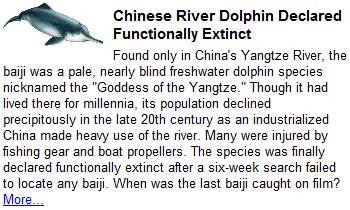AIZAWL, APR 6 (PTI): The primitive slash and burn method of cultivation or jhumming in Mizoram has led to massive destruction of forests and innumerable forest fires. The state forest department has attributed the disappearance of large tracts of forest every year
to jhum fires that normally take place in this tiny state between February and March.
According to figures provided by the forest department relating to 10 out of the 14 territorial divisions, at least 17,046.33 hectares of forest was swallowed by forest fires allegedly caused by jhumming.
Jhumming is still prevalent in Mizoram and other hilly states of the Northeast as around 80 per cent of the Mizo farmers, which comprise about 30 per cent of the total 10 lakh population, depend on the practice in the absence of irrigation.
Farmers, however, say jhum burning is not the main cause of forest fire. Rather, it is the handiwork of some people who torch the dry leaves for fun or some cattle grazers who want the grass to grow back quickly.
At least 49 incidents of forest fire occurred in the Champhai forest division on the Mizoram-Myanmar border this year destroying 802 hectares of forest.
On the Mizoram-Assam border forest division, 13,467 hectares of forest was devastated by at least 46 incidents of forest fire, departmental sources said.
Eight persons lost their lives so far this year and four last year in this tiny hill state due to the fires.
Though some agriculturists think that jhumming is necessary as the ashes of burnt trees and leaves restore the soil balance, environmentalists argue that the extent of devastation it causes to the forests is not worth it.
Some agriculturists say that the soil of Mizoram, like the soil in the other mountainous areas of the region is sour and the ashes of burnt trees help to repair the soil imbalance to make them fertile for cultivation.
"This can, however, be substituted with slaked lime or other salty chemicals," agriculture experts say, adding that the state government has to take a keen interest in order to put an end to the slash and burn system of cultivation.
Taking note of the destruction of forests, the state government is all set to launch its flagship programme 'New Land Use Policy' with an aim to put an end to the destructive
jhumming and provide an alternative sustainable development model for the farmers.
P L Thanga, member-secretary of the State Planning Board said, "The ambitious NLUP project, with an estimated expenditure of Rs 2,907.90 crore would provide alternative sustainable land-based livelihood to the farmers, thereby preserving the precious forests."
While the forest cover in Mizoram is still the highest in the country, state environment and forests department officials said the national data as regards to the state were only superficial.
According to a recent survey report by the state remote sensing application centre here, there is only 3,158.57 sq.km of dense forest which is totally virgin and not yet used for cultivation in Mizoram.
The survey report says that the state has a medium dense forest area of 2,628.08 square km which is 12.46 per cent of the total land area and 3,738.57 sq.kms of less dense forest
area comprising 17.73 per cent of the state s geographical area.
Along with Mizoram, the entire north eastern region is facing wanton degradation of forests and a recent study shows that 6.3 million hectares of forest in the region was affected of which four states - Manipur, Mizoram, Nagaland and Arunachal Pradesh contributed around 72 per cent.
The Mizoram Pollution Control Board (MPCB) has expressed serious concern over increasing pollution in the state, which was considered zero-pollution state earlier, due to forest fires.
MPCB sources says that the level of Respirable Suspended Particle Matters (RSPM) in the state capital Aizawl city has gone up to 62 per cent this year from 48 per cent in 2009.
The levels of the Suspended Particulate Matters (SPMs) also exceeded the prescribed norms which was 204 per cent on March 11, this year.


No comments:
Post a Comment